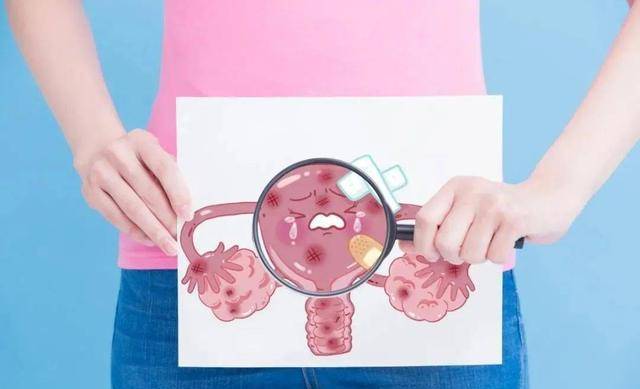Introduction: The uterus is one of the female internal reproductive organs, its main function is to form menstruation and carry embryos. Data shows that approximately 1 million women in China undergo hysterectomy due to various diseases such as ovarian cancer, cervical cancer, severe uterine fibroids, etc. The importance of the uterus to women is self-evident. How does hysterectomy affect women? Will it lead to gradual masculinization?
Many women consider the uterus as a symbol of femininity. In reality, the main organs affecting female characteristics are the ovaries, not the uterus. After hysterectomy, the function of the ovaries may be affected, but they can still produce estrogen, allowing women to maintain their female characteristics.
After hysterectomy, a woman’s menstruation ceases, resulting in “menopause,” but this menopause is not the same as the natural menopause caused by the decline in ovarian function and a sharp drop in estrogen levels.
1. Loss of fertility and cessation of menstruation
The uterus is where embryos are carried. With the uterus removed, pregnancy and childbirth are no longer possible. Menstruation occurs due to the shedding and bleeding of the endometrial lining of the uterus, so with the uterus removed, menstruation naturally stops as well.
2. Pelvic organ prolapse
After hysterectomy, there may be a void in the pelvic area, leading to a risk of other pelvic organs prolapsing, which may cause lower back pain, discomfort, and pain with prolonged standing or physical exertion.
3. Decline in ovarian function
Following hysterectomy, the ovarian branches supplied by the uterine veins may be disrupted, affecting ovarian blood supply and potentially impacting ovarian function, possibly leading to earlier onset of menopausal symptoms.
4. Other physical discomforts
Some women may experience urinary incontinence, urinary tract infections, decreased sexual function, weight gain, and other changes.
According to data from the World Health Organization, 41% of women in childbearing age in China suffer from various gynecological diseases, with the percentage reaching 70% among married women. Annually, 200,000 to 300,000 women die from malignant gynecological diseases. Therefore, understanding gynecological knowledge, preventing gynecological diseases is crucial.
1. Avoid excessive cleaning of the genital area, simply rinse with water and keep dry.
2. Wash undergarments separately to avoid cross-contamination by bacteria.
3. Regular exercise and balanced diet can enhance immunity and reduce the incidence of gynecological diseases.
4. Always wipe from front to back after bowel movements to reduce infection risk.
5. Keep track of menstrual cycle changes regularly; in case of abnormalities, seek medical attention promptly.
6. Regular screening for gynecological diseases, for instance, cervical cancer screening starting at age 21. Women under 40, married or not, should undergo gynecological screening every two years; for those above 40, annual screenings are recommended.
7. Seek medical attention promptly in case of irregular vaginal bleeding, abnormal discharge, pelvic masses, lower abdominal pain, increased vaginal secretions, etc.
Conclusion: The uterus is a vital organ in a woman’s body. Its removal will have certain effects, but compared to the dangers of certain diseases such as cervical cancer and ovarian cancer, the impact can be considered negligible. Recognizing this point is crucial.


